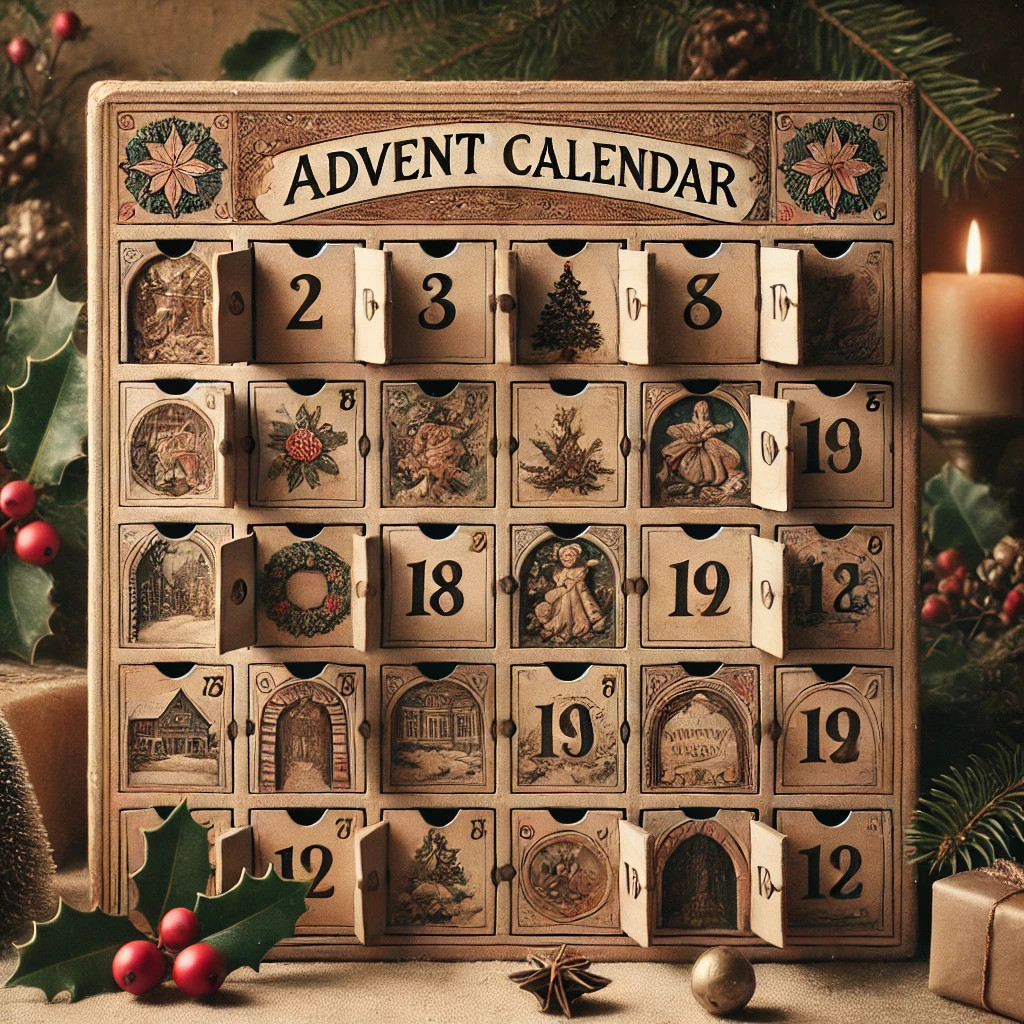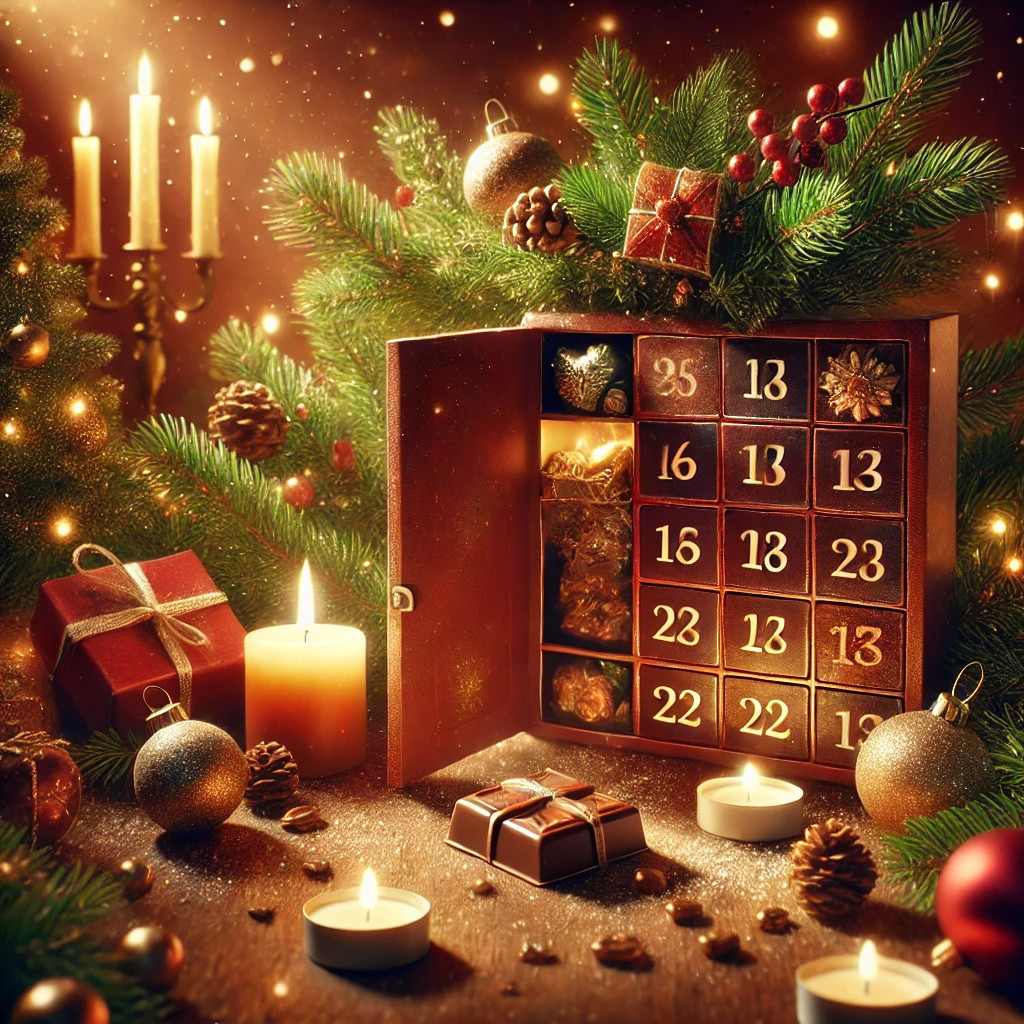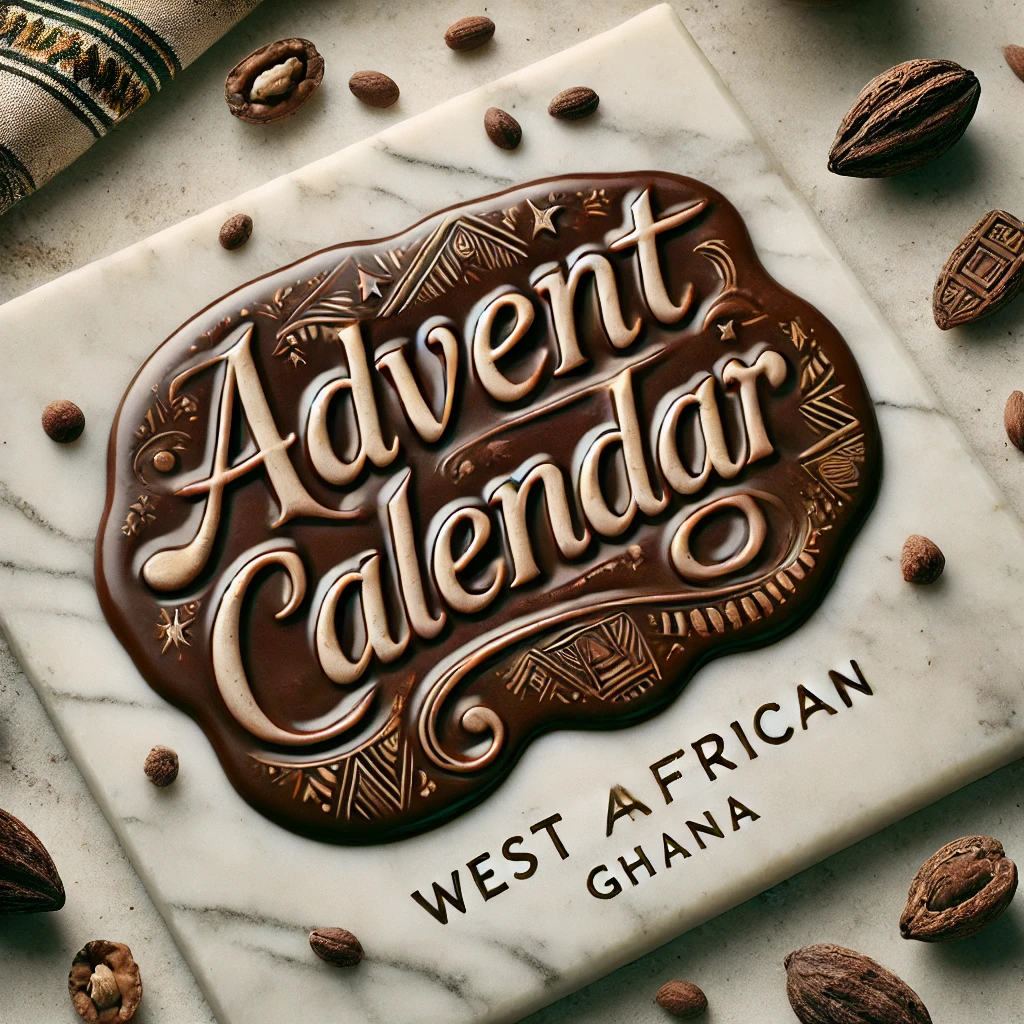
The Countdown to Christmas: A Guide to Advent Calendars
December is almost here, and for chocolate lovers and Christmas fans alike, that means one thing—Advent calendars! Every year, millions eagerly await the chance to open that first door and reveal the daily treats that make counting down to Christmas a bit more magical. Advent calendars have become a beloved holiday tradition worldwide, adding excitement and joy to each day of December. Because, let’s face it, who doesn’t love a month of mini treats leading up to the big day?
Modern Advent calendars go far beyond traditional chocolates, catering to every taste and interest. From makeup and toys to luxury sweets, tea, and even mini bottles of festive tipples, brands have turned Advent calendars into the ultimate seasonal gift for all ages. With so many unique choices, there's an Advent calendar to add a daily dose of cheer to anyone’s December.
But where did this tradition begin? Here’s a peek into the history behind Advent calendars.
The Meaning of Advent
The word "Advent" comes from the Latin word *adventus*, meaning “coming toward.” Traditionally, Advent is a time of reflection and preparation leading up to Christmas, a period first marked by monks in AD 567 with fasting and prayer. By the Middle Ages, Advent was associated more with celebrating the birth of Jesus, turning it into a spiritual countdown to Christmas Day.

How Advent Calendars Began
The first Advent calendars were very different from today’s. They started as simple nativity scenes, often displayed in small decorated boxes with glass lids, ribbons, and floral details, featuring Mary and Jesus. It was considered good luck to see the nativity scene before Christmas Eve, and families would bring these displays door-to-door, sharing the spirit of the season.
The tradition we know today was inspired by a 19th-century German practice of chalking doors each day from December 1st until Christmas Eve. German Lutherans used this as a way to mark the Advent journey, eventually evolving into the daily-opening calendar we recognise and love today.
Advent Calendar Traditions in the UK
In the UK, many remember *Blue Peter*’s famous Advent crown tutorials. Viewers would tune in each year to learn how to make their own Advent crowns from candles, tinsel, and even coat hangers! Lighting a candle each week leading up to Christmas became a lovely way to warm up winter nights. Churches also continue to create traditional Advent wreaths, often made from evergreens, symbolising life. These wreaths hold five candles: four red, one for each Sunday in Advent, and a central white candle lit on Christmas Day.
Today’s Advent Calendar Options
Nowadays, there’s an Advent calendar for everyone. From high-end chocolates and premium teas to beauty products, toys, and even mini spirits, brands have found endless ways to make the Christmas countdown fun for all. Family-friendly calendars feature favourite characters or holiday themes, while adults can enjoy luxury treats or festive beverages. It’s a world of choice, letting everyone pick a calendar that suits their style and adds excitement to the season.
The Perfect Blend of Tradition and Fun
No matter how Advent calendars have changed, their purpose stays the same: to bring joy and build anticipation for Christmas Day. With so many options available, there’s a little bit of Christmas magic behind each door, making every December morning special. Whether filled with toys, gourmet chocolate, or festive drinks, Advent calendars are a lovely way to capture the holiday spirit and keep the countdown tradition alive.
Here are nine tips for parents picking out the perfect Advent calendar for the little ones:

- Advent calendars come in an incredible variety these days, so find one that matches your child’s interests. Whether they’re into chocolate, crafts, toys, or even books, there’s an option to suit every hobby or passion. Look for calendars featuring their favourite characters or themes—these add extra excitement each day!
2. Age-Appropriate Choices
- Choose a calendar that’s suitable for your child’s age group. Younger children may enjoy simpler options with chocolates or small toys, while older kids might love puzzles, building kits, or craft-themed calendars. Some calendars even offer learning-based activities, perfect for curious minds.
3. Check for Nut-Free or Allergen-Friendly Options
- If your child has food allergies, keep an eye out for allergen-friendly Advent calendars. Many brands now create nut-free, gluten-free, or dairy-free options to ensure that everyone can enjoy the festive countdown safely.
4. Set a Budget
- Advent calendars vary widely in price, from budget-friendly to luxury picks. Decide on a price range that works for your family. If you’re on a tight budget, a DIY calendar filled with small treats or handpicked trinkets can also be a fun, personal option.
5. Sustainability Matters
- Many Advent calendars come with lots of single-use packaging, but you can also find eco-friendly choices. Some brands offer refillable or recyclable options, and there are even DIY wooden Advent boxes that can be reused each year. Teaching kids about sustainability while enjoying festive treats can add another layer of value to the tradition.
6. Encourage Sharing and Generosity
- Some Advent calendars come with small activities or challenges that encourage kids to be kind, generous, or helpful throughout December. These add a heartwarming aspect to the countdown, focusing on the spirit of giving as well as receiving.
7. DIY or Craft Advent Calendars
- If your child loves being creative, consider a craft Advent calendar or make your own with simple DIY projects for each day. These calendars are full of fun activities and add a personalised touch to the countdown, creating lovely holiday memories together.
8. Read Reviews Before You Buy
- For some Advent calendars, especially ones with toys or crafts, it can be helpful to read reviews. Parents often share insights on the quality, durability, and overall enjoyment factor, helping you choose one that’s well worth it!
9. Make It a Family Tradition
- Finally, think about creating a new holiday tradition with the Advent calendar. From reading a Christmas story each night to adding a festive song, these little rituals make December feel even more special and help build lasting family memories.
Counting down to Christmas with an Advent calendar is a tradition that only gets richer with time. From candles and nativity scenes to today’s endless selection of treats, these calendars bring a touch of holiday joy to every day of December.
